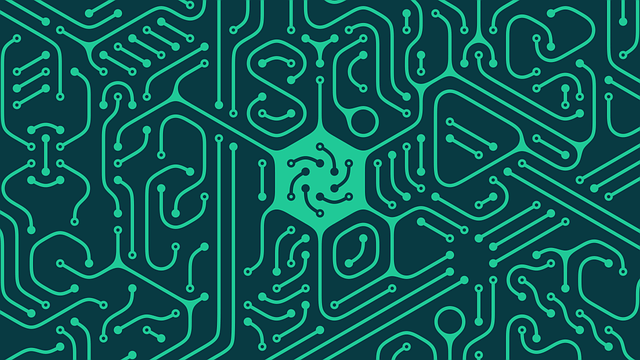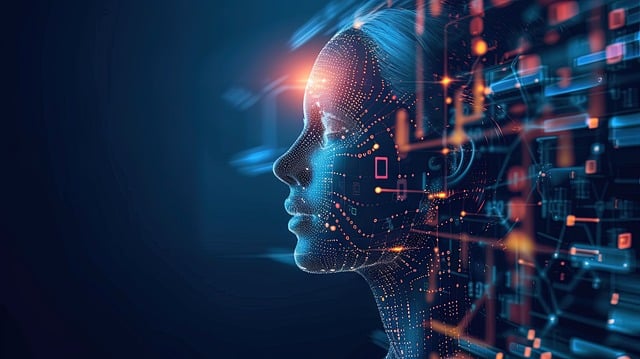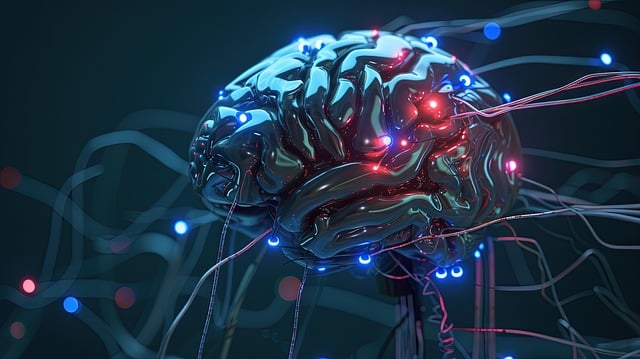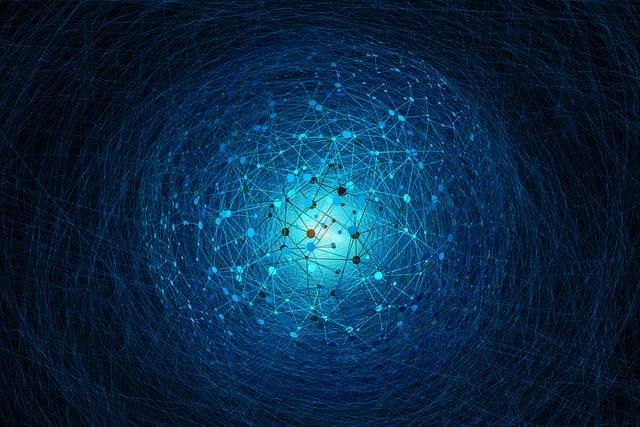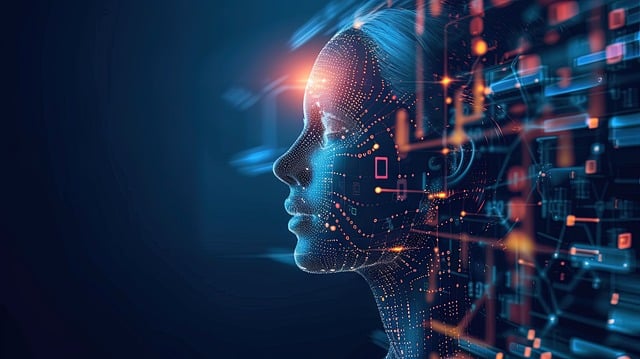How Unsupervised Learning Discovers Patterns Without Labels? Unsupervised learning, a fascinating branch of machine learning, allows algorithms to identify patterns and structures in unlabeled data without supervision. Unlike supervised learning, where data is labeled and algorithms learn by example, unsupervised learning enables models to work autonomously to explore hidden structures in data. Techniques like clustering algorithms, dimensionality reduction, and exploratory data analysis play a crucial role in applications such as anomaly detection, feature engineering, and pattern recognition. From understanding unsupervised learning models to leveraging principal component analysis (PCA), this approach opens up a myriad of possibilities in data science and artificial intelligence.
Clustering Algorithms in Unsupervised Learning
Clustering is a cornerstone of unsupervised learning. It groups data points into clusters based on their similarity, revealing inherent structures in data. Two popular clustering methods are K-means and hierarchical clustering.
K-means Clustering
K-means clustering divides data into predefined numbers of clusters, minimizing the variance within each cluster. It’s efficient for large datasets and widely used in customer segmentation, image compression, and document classification. Despite its simplicity, K-means struggles with irregular cluster shapes and requires the number of clusters to be specified upfront.
For example, a retailer might use K-means clustering to group customers by purchasing behavior, identifying patterns to tailor marketing strategies.
Hierarchical Clustering
Hierarchical clustering creates a tree-like structure (dendrogram) to represent nested groupings of data. It doesn’t require specifying the number of clusters beforehand, making it suitable for exploratory data analysis.
Unlike K-means, hierarchical clustering is computationally intensive but excels at providing a detailed view of data relationships. It’s often applied in genomic studies and social network analysis to uncover hidden connections.
Dimensionality Reduction Techniques
Dimensionality reduction simplifies datasets by reducing the number of features while retaining essential information. This approach is crucial for handling high-dimensional data that is difficult to visualize or analyze directly.
Principal Component Analysis (PCA)
PCA transforms the dataset into principal components that maximize variance, making it easier to visualize patterns in complex datasets. It’s widely used in image processing, finance, and text analysis.
For instance, PCA can reduce thousands of features in a dataset to a manageable number, improving computational efficiency without significant information loss.
t-SNE (t-Distributed Stochastic Neighbor Embedding)
t-SNE is another dimensionality reduction technique, primarily used for visualization. It maps high-dimensional data into two or three dimensions, preserving the relationships between data points.
Although computationally intensive, t-SNE is excellent for exploratory data analysis, especially for datasets like images or genetic expressions where visualization is key to uncovering patterns.
Applications of Unsupervised Machine Learning
Unsupervised learning is instrumental across industries, addressing diverse challenges like anomaly detection, customer segmentation, and natural language processing.
Anomaly Detection
Anomaly detection identifies unusual patterns that deviate from the norm. It’s essential in fraud detection, network security, and predictive maintenance.
For example, banks use anomaly detection to flag suspicious transactions, helping prevent fraud. Similarly, manufacturing companies monitor equipment behavior to predict and prevent failures.
Customer Segmentation
Customer segmentation leverages clustering to group customers by behavior, preferences, or demographics. This helps businesses personalize marketing campaigns and improve customer satisfaction.
A streaming service, for instance, might use segmentation to recommend content tailored to individual user tastes, enhancing user engagement and retention.
Exploratory Data Analysis Using Unsupervised Techniques
Exploratory data analysis (EDA) involves examining datasets to summarize their main characteristics using visualization and statistical methods. Unsupervised learning enhances EDA by uncovering hidden structures and patterns.
Latent Variable Models
Latent variable models, such as Gaussian Mixture Models (GMMs), assume that observed data is influenced by unobserved (latent) variables. These models are powerful for probabilistic clustering and density estimation.
For example, in text analysis, latent variable models like Latent Dirichlet Allocation (LDA) are used to discover hidden topics in a collection of documents, aiding content categorization and summarization.
Self-organizing Maps (SOMs)
SOMs visualize high-dimensional data in a two-dimensional space, helping identify patterns and clusters. They are widely used in finance, bioinformatics, and marketing analytics.
For instance, SOMs can visualize stock market trends, enabling analysts to detect market shifts or anomalies effectively.
Real-world Examples of Unsupervised Learning
Unsupervised learning is transforming various industries by providing actionable insights from unstructured data.
Healthcare Applications
In healthcare, unsupervised learning aids in disease prediction, drug discovery, and patient clustering for personalized treatment plans. By analyzing electronic health records, algorithms can identify patterns that lead to improved diagnostics and interventions.
Retail and E-commerce
Retailers use unsupervised learning for inventory optimization, dynamic pricing, and recommendation systems. Clustering helps understand customer behavior, while dimensionality reduction aids in efficient data storage and retrieval.
Social Media Analysis
Unsupervised learning is pivotal in sentiment analysis, topic modeling, and user behavior prediction on social media platforms. This helps businesses and organizations monitor brand perception and tailor their digital strategies effectively.
Conclusion
Unsupervised learning, with its ability to discover patterns without labels, is revolutionizing the way we analyze and interpret data. From clustering algorithms like K-means and hierarchical clustering to dimensionality reduction techniques like PCA and t-SNE, these models are versatile and impactful. Applications span across industries, from anomaly detection and customer segmentation to healthcare and social media analysis. As we continue to innovate, the potential of unsupervised learning to solve complex, real-world problems is boundless.
